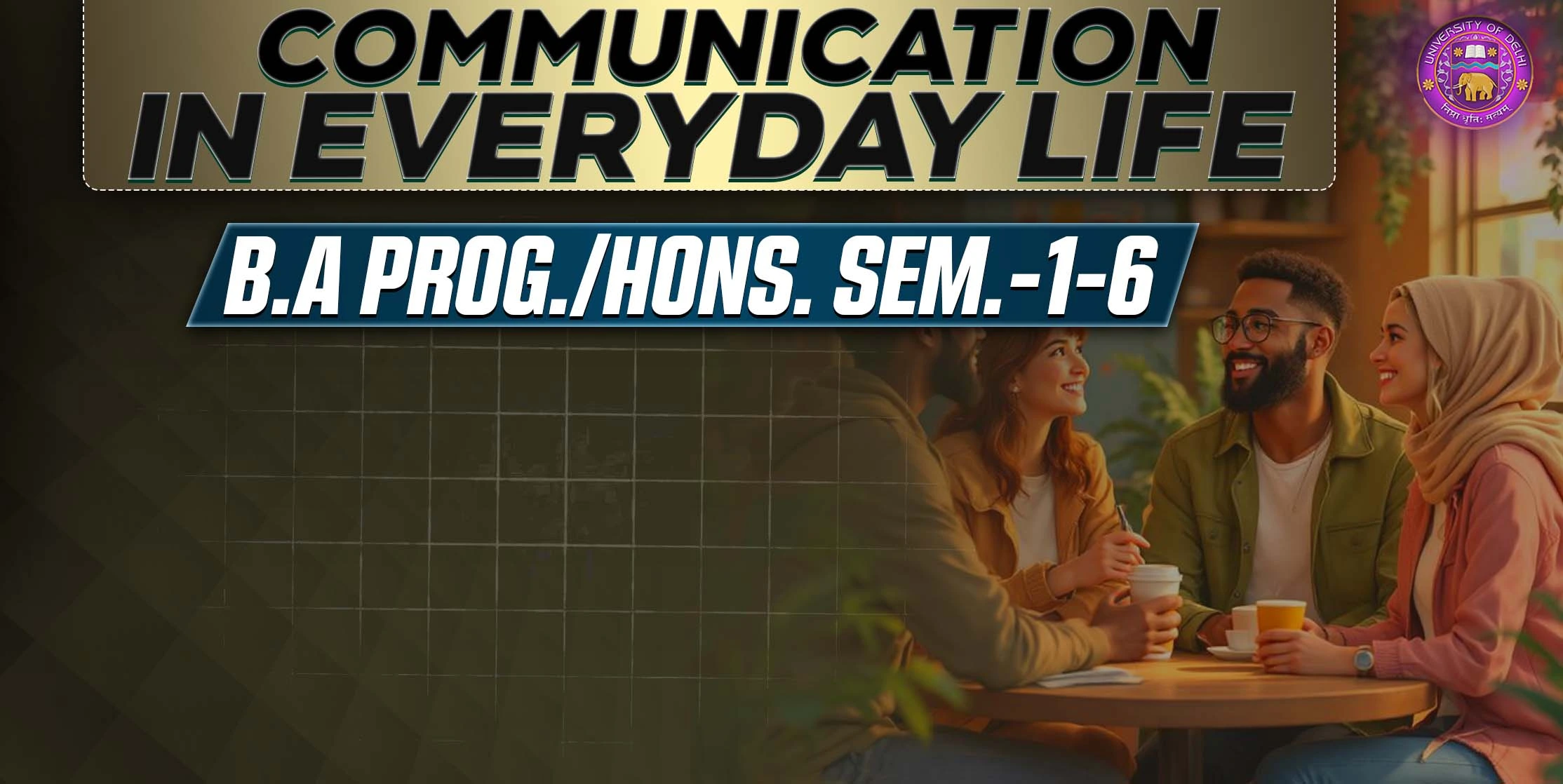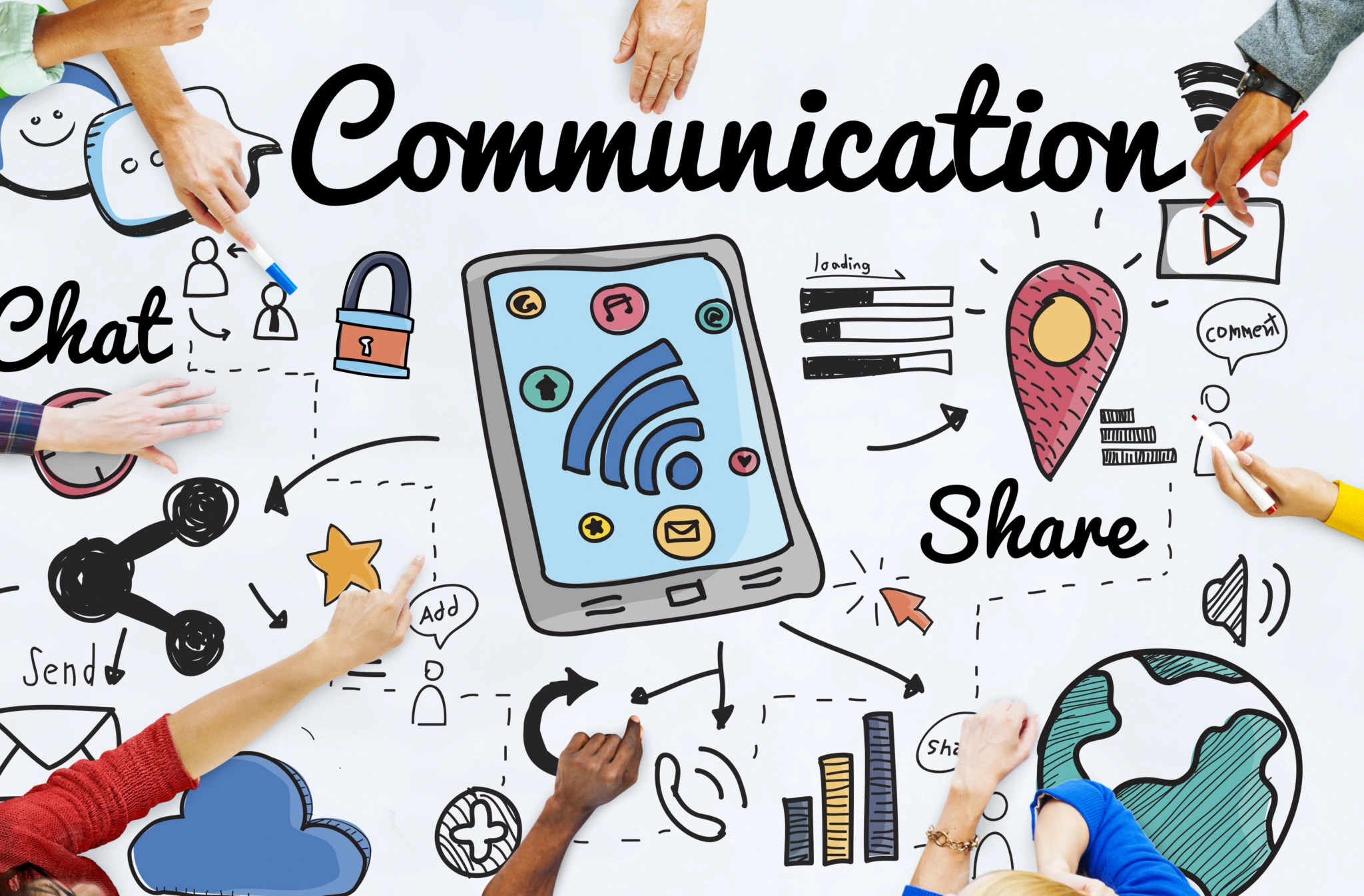
Get in Touch
We will get back to you within 24 hours.
Welcome to MVS Blog

Answer - Introduction
Communication is the transfer of information (a message) between a sender and a recipient. It can be influenced by your emotions, the cultural situation, the medium used to communicate, and your location. Two people can interpret the identical message in different ways depending on their personal influences. Communication can be subtle such as eye contact/ lack of eye contact and general body language. Effective communication skills are important skills to possess, both in life and in the workplace.
Communication
Communication may be defined as the process of shaping facts, ideas, information and feelings so as to create mutual understanding and co-operation between two or more persons.
There are many definitions of communication. A few definitions of communication are persons.
“Communication is the process of passing information and understanding from one person to another.”
Keith Davis –
“Communication means an exchange of facts, ideas, opinions, information or emotions by two or more persons”.
Newman and Summer –
“Communication is the sum of all the things one person does when he wants to create understanding in the mind of another.
Allen-
"Communication is the sum of all the things one person does when he wants to create understanding in the mind of another. It is a bridge of meaning. It involves a systematic and continuous process of telling, listening and understanding."
Nature of Communication (Characteristics of Communication)

1. Two-way process - Communication is a two-way process in which information is sent and received and understood. This emphasises on the feedback aspect of communication i.e.; the sender of the message must get the necessary response (or reaction) of the recipient of the communication.
2. Ongoing Process- Without communication, there cannot be any human activity. All human activities are based on communication. Thus, communication is an ongoing process.
3. Required in all managerial functions- Communication is required in all managerial
functions. It is an integral part of directing and assumes greater significance at directing
stage.
4. Function of every manager- Communication is a function of every manager and hence it is pervasive managerial function.
5. Creation of mutual understanding- The basic purpose of communication is to create mutual understanding by providing or seeking information, persuading or influencing others and eliciting actions.
Types of communication
1.Verbal communication:- Verbal communication is the sharing of information between individuals by using speech. Individuals working within a business need to effectively use verbal communication that employs readily understood spoken words, as well as ensuring that the enunciation, stress and tone of voice with which the words are
expressed is appropriate.
2.Non-Verbal communication:- Non-verbal communication: Listening is the ability to accurately receive and interpret messages in the communication process. Listening is a key to all effective communication. Without the ability to listen effectively, messages are easily misunderstood. As a result, communication breaks down and the sender of the message can easily become frustrated or irritated. Listening is so important that many top employers provide listening skills training for their employees. This is not surprising when you consider that good listening skills can lead to better customer satisfaction, greater productivity with fewer mistakes, and increased sharing of information that in turn can lead to more creative and innovative work.
Benefits of effective communication
Effective communication skills reduce misunderstandings and build empathy and understanding between people, especially in formal relationships, where interactions are often brief and impersonal. Here’re a few major ways in which effective communication helps:
1. Creates better relationships
Relationships built on the solid ground of good communication tend to be stronger and can even help participants find opportunities for personal growth. At a fundamental level, better communication builds trust and is particularly effective in improving teamwork. When multiple people work toward the same goal, a clear and straightforward communication strategy boosts productivity and speeds up problemsolving by reducing misunderstanding and confusion.
2. Helps handle conflicts better
As we work our team-building muscles and strive for strong communication, we understand all sides of a conflict to provide better resolution. Many disagreements happen due to miscommunications or individuals not being heard. Giving everyone the chance to speak and explain their point of view makes it easier to prevent conflict and misunderstandings.
3. Builds empathy
When we become active listeners, we boost our personal and professional relationships through a greater understanding of the people around us and their points of view. Maintain eye contact (without staring) when talking face-to-face and look for nonverbal clues from facial expressions and body language. Paying attention this way helps us get a fuller picture of our conversation partner’s emotional state and helps us respond thoughtfully.
4. Increases self-awareness
We develop our soft skills and awareness as we continue to be attentive and understanding. We recognize our own emotions and notice how they change in certain circumstances. Being self-aware is one of the most important factors in effectively interacting with others.
5. Builds trust
The benefits of effective communication include encouraging trust in other people. If our conversation partners know that we value truth and authenticity, they’re more likely to trust and build stronger relationships with us. When we have conversations with other great communicators, we reinforce this skill in each other through attention and feedback.
7C’s of communication
Clear: The message should be clear and easily understandable to the recipient. The purpose of the communication should be clear to sender then only the receiver will be sure about it. The message should emphasize on a single goal at a time and shall not cover several ideas in a single sentence.
Correct: The message should be correct, i.e. a correct language should be used, andthe sender must ensure that there is no grammatical and spelling mistakes. Also, the message should be exact and well-timed. The correct messages have a greater impact on the receiver and at the same time, the morale of the sender increases with the accurate message.
Complete: The message should be complete, i.e. it must include all the relevant information as required by the intended audience. The complete information gives answers to all the questions of the receivers and helps in better decision-making by the recipient.
Concrete: The communication should be concrete, which means the message shouldbe clear and particularly such that no room for misinterpretation is left. All the facts and figures should be clearly mentioned in a message so as to substantiate to whatever the sender is saying.
Concise: The message should be precise and to the point. The sender should avoid the lengthy sentences and try to convey the subject matter in the least possible words. The short and brief message is more comprehensive and helps in retaining the receiver’s attention.
Consideration: The sender must take into consideration the receiver’s opinions knowledge, mindset, background, etc. in order to have an effective communication. In order to communicate, the sender must relate to the target recipient and be involved.
Courteous: It implies that the sender must take into consideration both the feelings and viewpoints of the receiver such that the message is positive and focused at the audience. The message should not be biased and must include the terms that show respect for the recipient.
Elements of Communication
According to John Kotter, "Communication as a process consists of a sender transmitting information through media to a receiver who responds". The process consists of a sender, message encoding of message medium, recipients, decoding of message and a response.
In other words, Communication process involves sender, the transmission of a message through a selected channel and receiver. We can show process of communication diagrammatically-
1. Sender: The process of communication begins with a sender who transmits a message. For example - the Branch Manager explaining new product line to his sales force.
2. Encoding: The sender chooses certain words or non-verbal methods to send an international message or simple messages. This activity is known as encoding. While encoding a message, it is necessary to consider what contents to include, how the receivers will interpret it and how it may affect one's relationship. A simple 'thankful' message will be relatively easy.
3. Medium/Message: A message is a signal that triggers the response of a receiver. These messages could be verbal (written or spoken) or non verbal.
How will you send message? It could be spoken, verbal, non-verbal or an electronic medium, printed words etc. It is called medium of communication. The choice of channel or medium is influenced by inter-relationship between sender and receiver. It also depends on the urgency of the message being sent.
4. Decoding: Even if the message reaches intact to its intended receiver there is no guarantee that it will be understood by the receiver as sender intended so. This needs proper decoding of the message.
5. Receiver: A receiver is any person who notices and attaches meaning to the message. In the best circumstances, a message reaches intended receiver without problems.
6. Feedback: Ultimately the receiver reacts or responses to communication sent by the
receiver. The response could be based in clear interpretation of symbols sent or it could
be based on their understanding, words etc. This is known as " feedback. This feedback can be oral or written as desired. It is an important component of the communication because ultimately success or failure of communication depends upon it.
Importance of Communication Skills in Life
1. Human communication is one of the most important aspects of life. It is an effective means of development adopted between individuals and groups alike.
2. Communication skills are the abilities that are used when giving and receiving information in its various forms, which enable a person to pass information to other people and to understand what is said to him.
3. Communication skills have become one of the basic requirements for personal and institutional development. Well-developed communication skills are essential for a child's academic success and successful future career. At all levels of education, students should be able to communicate effectively.
4. Communication skills are an essential leadership function and a major characteristic
of a good leader.
5. Communication skills and effective leadership styles are closely intertwined. Lack of
communication skills can make team members uncomfortable and unenthusiastic about their work while good communication skills help a team work together to achieve the desired goals.
0 Response